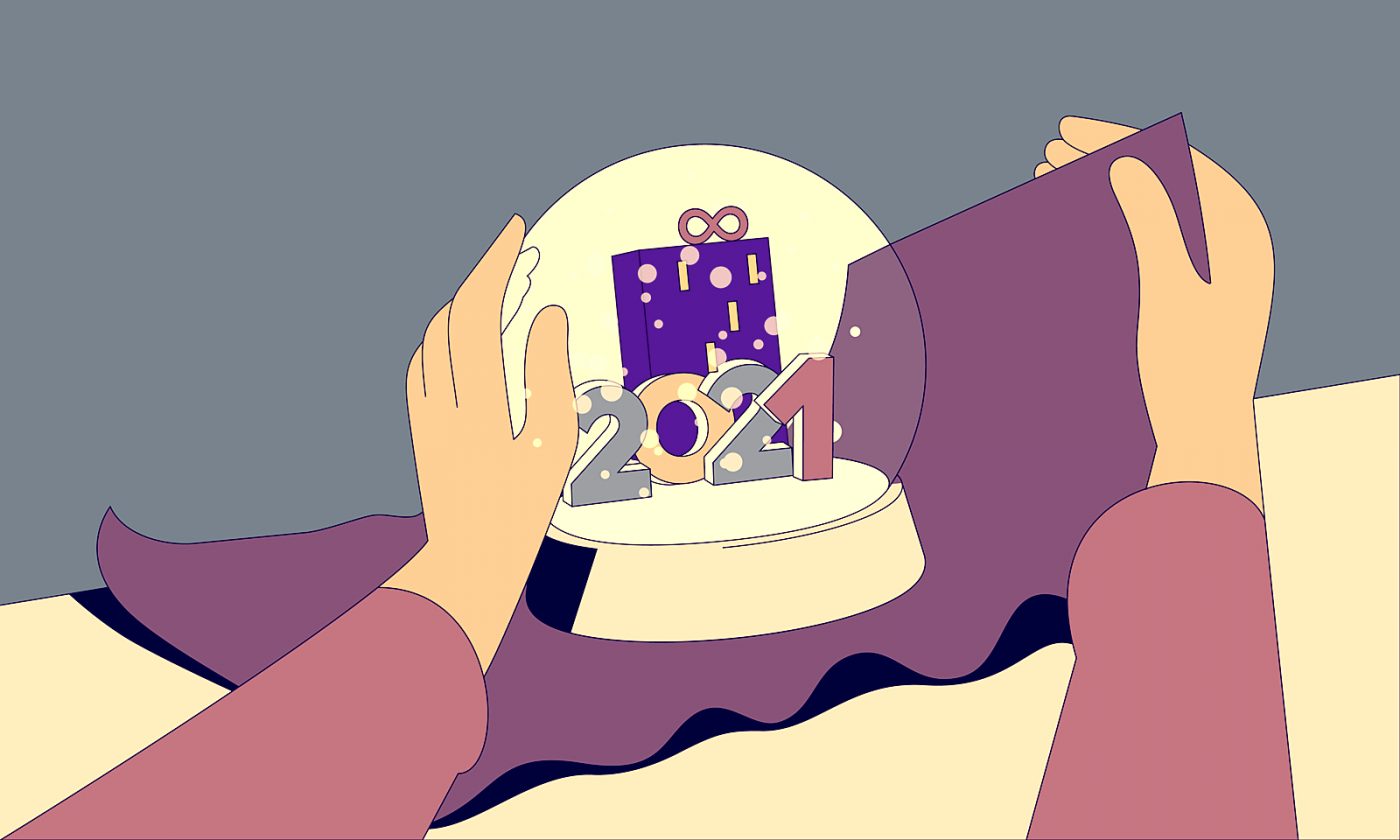You can’t really know where you are going until you know where you stand.
Last month, we presented our Progression Framework to the public, who welcomed it.
Developing a clear and systematic framework for our employees’ career progression was, first and foremost, a project of great internal importance. A progression framework became critical for managing employee engagement and performance after reaching a certain company size.
Our company now employs almost 400 people. Establishing the criteria for career advancement on a case-to-case basis is neither sustainable nor justified. It’s important to communicate what is expected in each role clearly. That way, goals become more easily attainable, and motivation to reach them increases.
You can explore our Engineering, Design, Quality Assurance, and Management progression frameworks here, or keep reading to learn more about our process of coming up with them.
Motivated by growth and challenged by questions
As we grew as a company, we started getting more and more inquiries about career progression.
People need a clear picture of where they are in their career journey, how they can move forward, and what opportunities are available. An established progression framework provides all that information transparently.
Then in spring 2021, a loose team of seven people with different roles and backgrounds started to get together to discuss how the company would benefit from standardizing expectations for moving forward with one’s career.
Between sessions, we would research and study various publicly available frameworks, from Microsoft and Google to smaller companies. Progression.fyi proved a great resource here, and recommendations are in order for anyone interested in the topic.
Interestingly enough, we all independently came to similar conclusions. So slowly we started to develop our ideas about titles and levels further.
Everything at Infinum is custom-made
I don’t mean to pretend we invented the wheel here. Progression frameworks are nothing new, and neither are the constituent parts that make them. However, you shouldn’t just settle for the first generic framework that comes up in your Google search. You want a custom one suited to your company’s and your people’s needs. Just like the custom digital products that we build.
So far, we’ve developed four high-level frameworks – Engineering, Design, QA, and Management. They consider the specifics of each type of work, but they follow the same model.
Each title and level we’ve defined belongs to one of the three tracks:
Individual contributor
Technical lead
Management
Here, we ventured slightly away from the classical approach that includes individual contributors and management only. Instead, we felt that the tech-lead track works great with our structure and the fact that we’re a digital design and development agency, not a company that sells ready-made products.
The track is, in a way, an alternative route for a senior employee who may not want to go down (or up) the management road. It includes a lot of responsibility, organizational tasks, and mentoring but doesn’t include people management. So it’s not something that comes in between individual contributors and management, but a career path in its own right.
Developed in an Agile setup
The original team comprised seven people representing management, HR, some engineering teams, and QA. We approached the problem from different angles and contributed with our knowledge and experience.
The early phases of this large project had us working in an Agile setup, as much as it can be applied to a non-development project. There was a lot of back and forth, testing, learning things on the way, then stopping, regrouping, and starting again differently.
With the original idea coming into being in the spring of 2021, we were able to pilot the project to QA at the end of 2021. Things moved quickly from then on, and we had Engineering and Design covered by mid-2022.
We used a phased approach, which I recommend to anyone embarking on a similar adventure. Developing our framework in increments, we were able to adapt on the go, and I still believe just throwing this at the whole company would be reckless.
Dress for the job you want
Note that Infinum’s progression framework does not represent the current job roles at our company. Working on this project, we decided to “dress for the job you want, not the job you have.” The idea was not to capture where we are currently but envision where we might be in a few years.
Some of the roles included in our framework are yet to be filled. We are growing every day, both as a company and as individuals. Maybe we don’t have a Lead Engineer level 2 in every one of our teams at the moment, but in a year or two, we might have several.
Community response and results
Spoiler alert: both have been great. Who’d have thought people generally prefer knowing what is expected of them instead of guesswork and vague ideas?! Ha.
All jokes aside, it’s a well-known principle in psychology that a challenging yet attainable goal produces the best outcomes. Conversely, non-specific goals like “I will do my best” tend to motivate people far less.
For some people, the framework served as a sanity check and encouraged them to work harder. Seeing it all in black and white made them think “F%&$, I’ve been here for two years, and I’m still level 1, I need to get it together.”
Our framework also got excellent feedback outside the company. Before the page went live, we sent out individual sheets per request via LinkedIn. The response? Let’s just say that people jumped at the opportunity to see a hypothetical career path.
#neverstop progressing
Because we believe in open source and giving back to the community is a part of our culture, our progression frameworks are now publicly available on our website. When we have more, we’ll publish more, and hopefully, many others working in the industry can benefit from them.
By putting this framework together and making it available for everyone to see, we increased transparency around somewhat sensitive issues. As a result, employees know where they stand and what competencies they need to move forward.
Developing our custom career progression framework was a journey, and like with every journey, you learn a lot about the destination and yourself. Putting this all into perspective made us think about the company we are and the company we want to become.
It’s great to see that our employees have responded so positively to it, and we hope it will help guide them in their career paths. We’re always learning and growing; the progression framework is no exception.
Check out the page every once in a while. It might not be the same as you left it.










